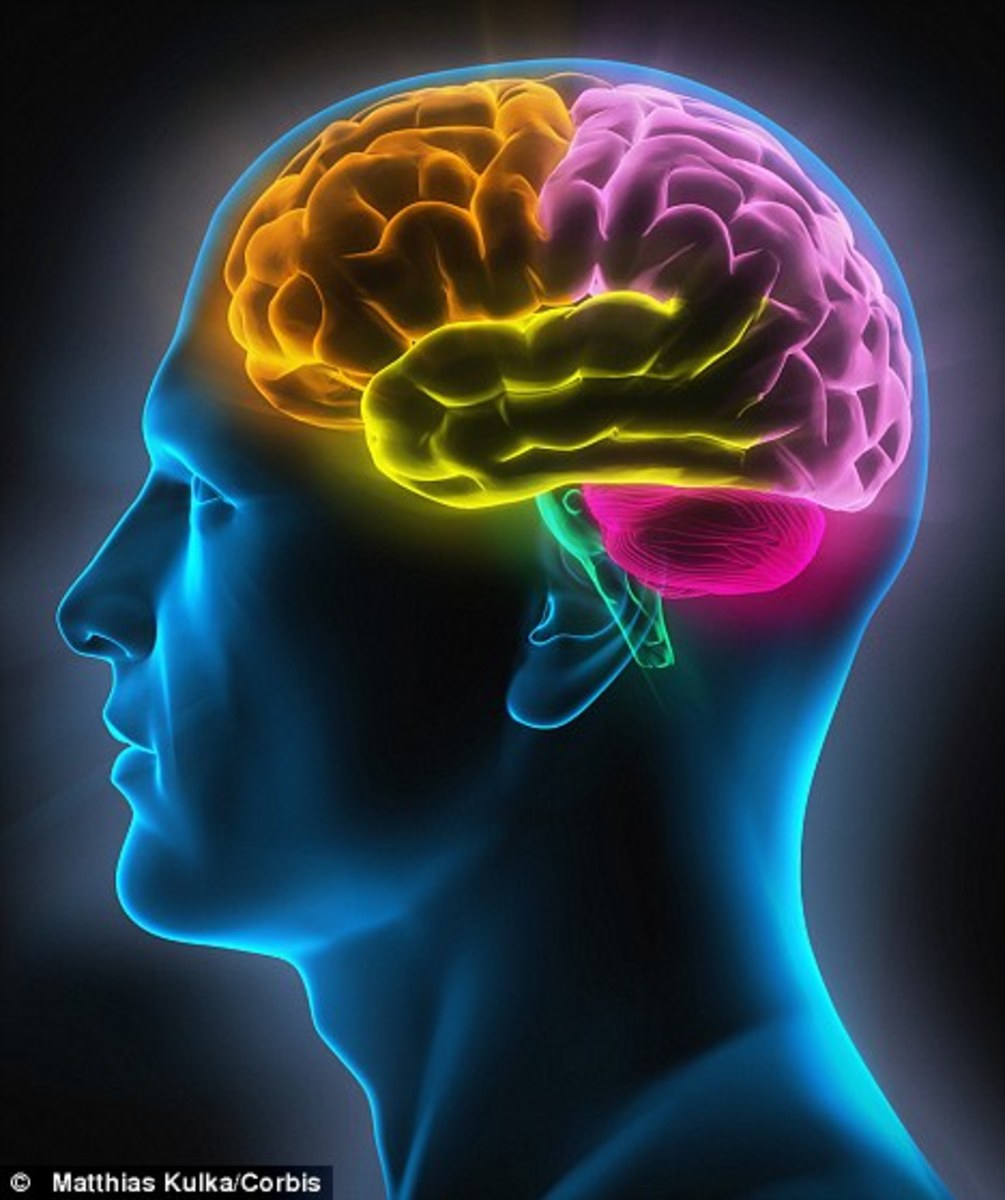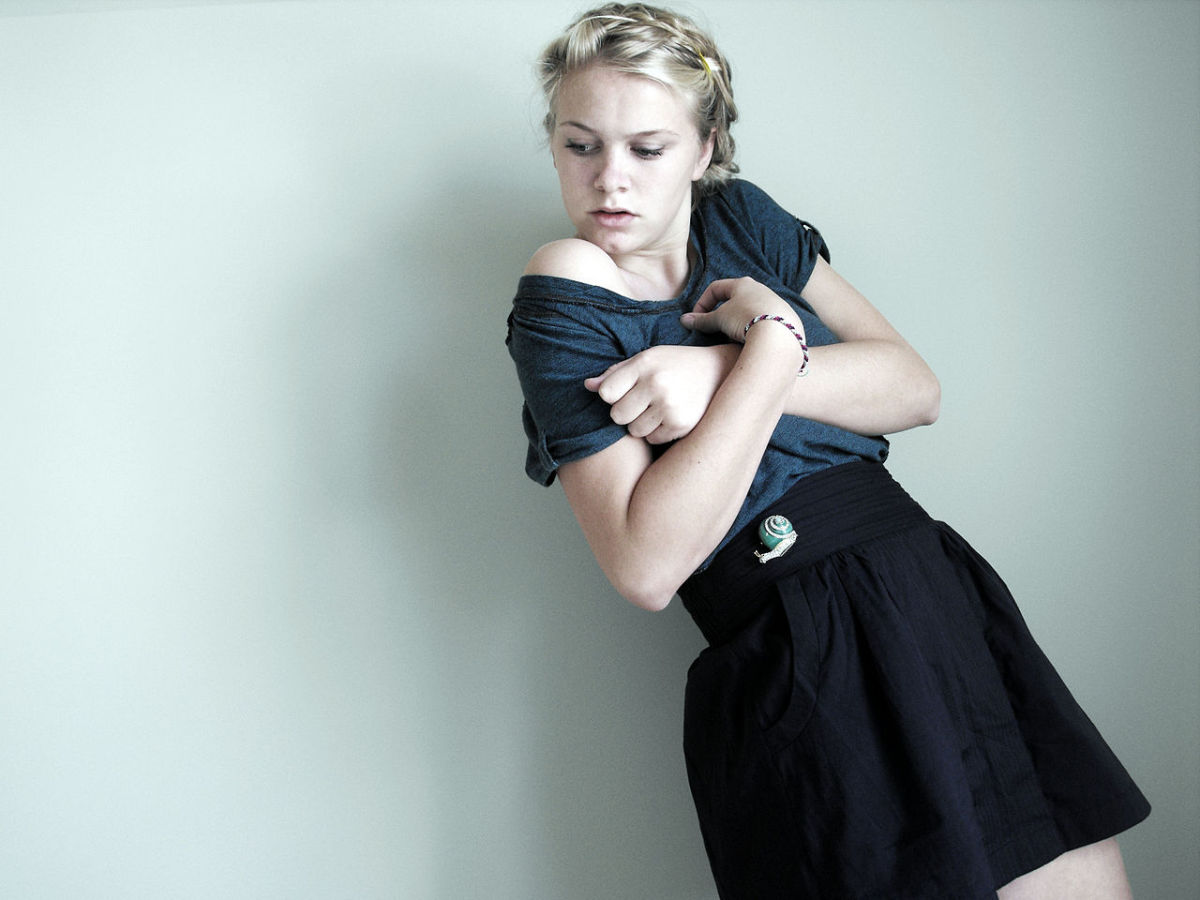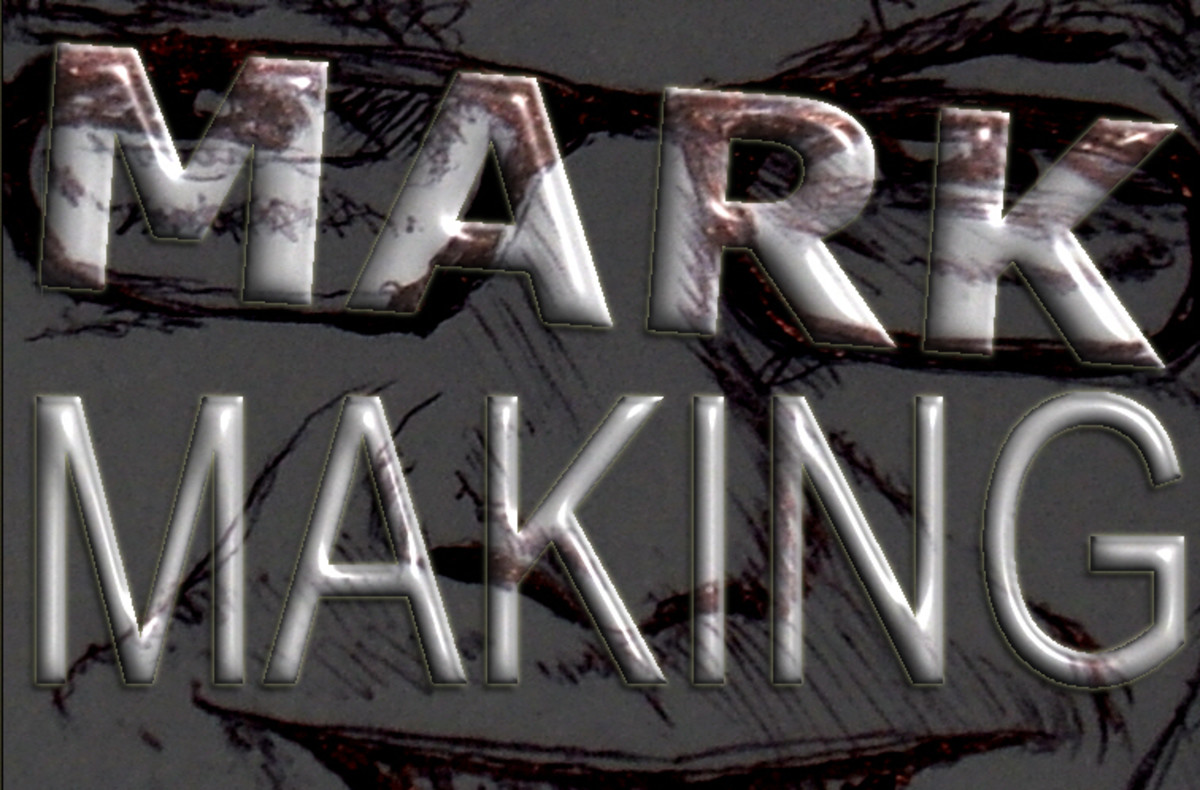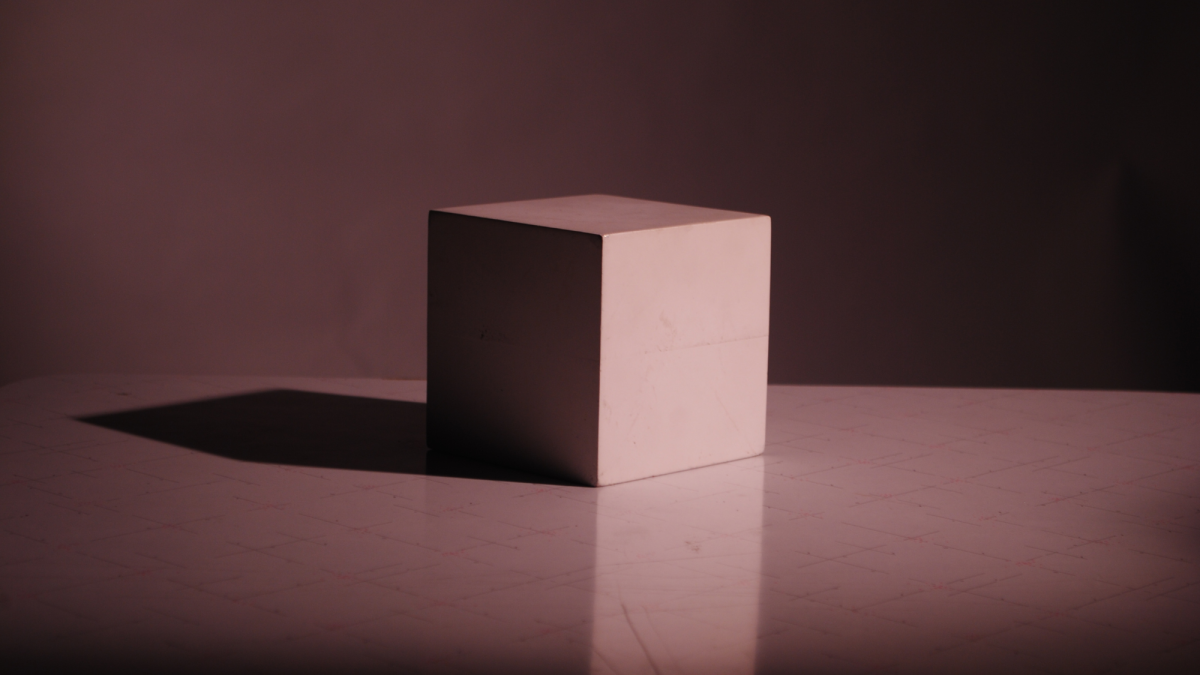Mnemonics (Memory Techniques): How To Develop A Super Power Memory - The Linking Technique
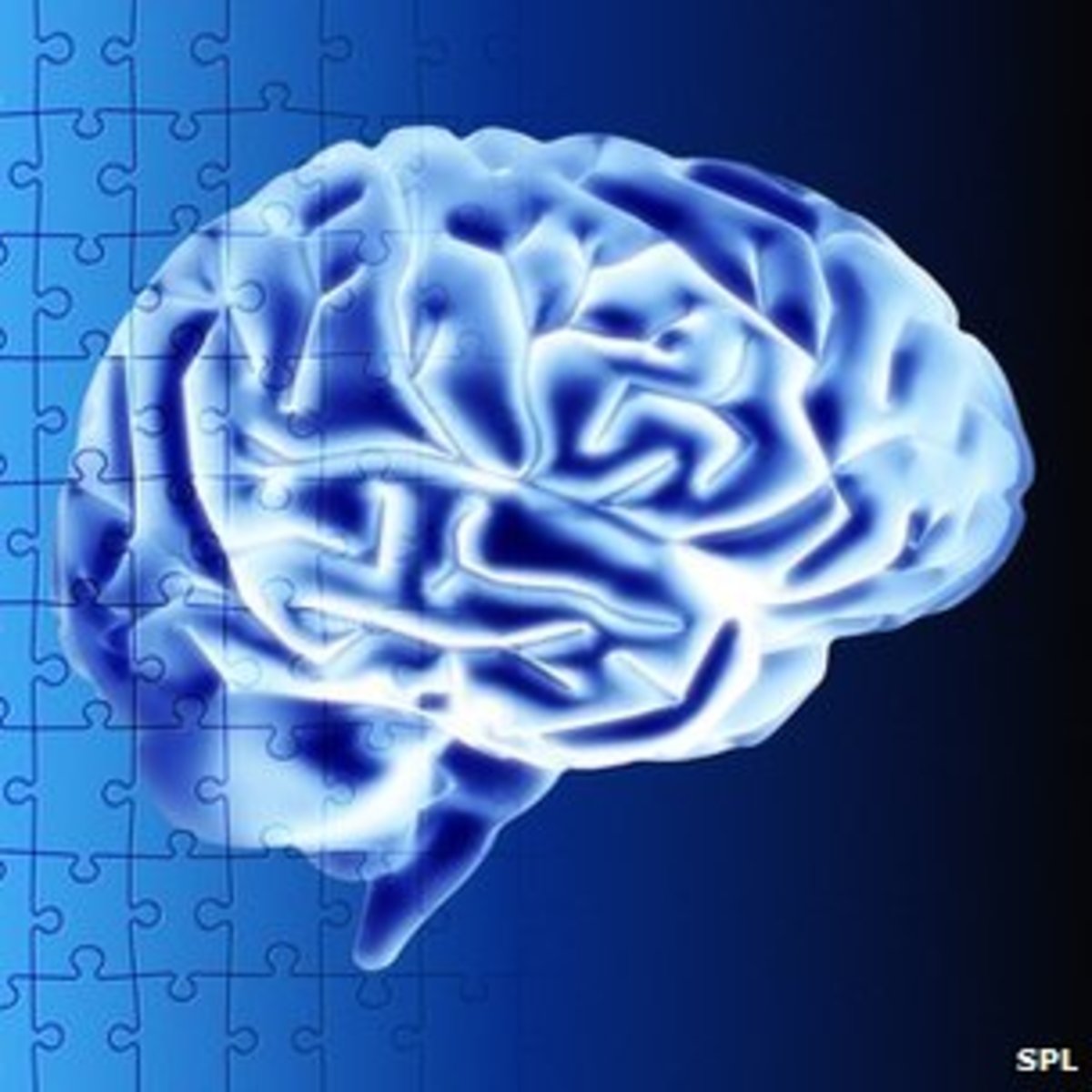
Here is how you can perform some very useful applied mnemonic techniques, which you can use to impress your friends by memorizing a list of 100 words and remembering them over a week later, without ever having to refer to the list. In fact, you may even be able to recall the entire list several weeks or months later.
You can also use the techniques to memorize the order of a deck of cards, remember your shopping list or remember your way around unfamiliar locations. In fact there are endless reasons why such techniques would come in useful and I'm sure many people would love to be able to remember everything.
Fish have a memory span barely worth having in the first place whereas elephants never forget. So what is the memory span of the human being?
Wikipedia offers no conclusive answer.
Visualization
Being able to visualize images in your mind is an important aspect of using mnemonics and so, if you're not very good at imagining clearly defined images, then you should practice for a while first. A good way to help strengthen your visual representational system is to remember real-life experiences from the past such as imagining yourself standing outside your old house looking at it. Truly picture it in your mind and remember all the fine detail, what colour each segment, object or door was, etc.
Being able to visualize as clearly as possible will be beneficial, not just now, but always.
How To Memorize A List
Once you've learned the following technique it can be great fun to test it out with a relative or friend. You and your friend or relative should get together and write down on paper a list of 100 items. At first these should be completely random items, not similar items like a shopping list would be. Each item should also be a physical object which you can see. For example, a teddy bear, ashtray, headphones, television set, mug or cup, cloud, car, mobile phone, etc. In fact you should try not to make any of the objects too similar to each other at first, as this will help you get some practice in.
The secret to this technique is to visualize each image separately, then link them together in order. In order to show you show to do this I will use the following random list and I will use just five words in for this example:
1. Teddy Bear
2. Ice-Cream
3. Umbrella
4. Cloud
5. Frog
Starting with the first item you need to visualize that object, really imagine it clearly defined in your mind and then link it to the next item. In this example you can do this by visualizing the teddy bear sat holding an ice-cream therefore linking them together. It's also a good idea to make the visualization amusing in some way to make it more distinct and memorable therefore you could also imagine ice-cream all over the teddy bear's face from where's he been munching on it.
The imagery doesn't necessarily have to make sense, as long as it's distinct and memorable then it should be fairly easy to remember.
The next step is to then link the second item (the ice-cream) to the third item (the umbrella). So, when you visualize the teddy bear (1) he's sat holding an ice-cream (2) in one hand which he has all over his face from munching on it, you then look to see what's in his other hand, an umbrella (3). The umbrella is sheltering him from the rain which is pouring down from the cloud (4) above, on top of the cloud there's a frog (5) jumping up and down, maybe he wants some of the ice-cream!
It's almost as though you are imagining a sequence or story-board in your mind. When you first start using this technique you may need some regular practice but after a while you will be able to pull it off easily. The only thing you really need to remember when using this technique is the first item on the list, as you obviously need to be able to start somewhere. Eventually, using this technique, you will be able to recall over 100 items from a list several weeks later with ease.
As already mentioned being able to visualize is an important aspect of using this technique and therefore I can't stress enough how deeply you should visualize. It may even be a good idea to practice strengthening your visual representational system as this will help greatly.
Practice at first with just ten items, then once you've mastered that move on to twenty items, then twenty-five, then fifty. The more you practice the easier it will become and the more you can impress people or even place some bets!
Part 3 coming soon...
Also See:
- Mnemonics (Memory Techniques) - How To Develop A Super Power Memory
- Relieve Depression Without Medication
- What Is Hypnosis... Really?
- What Is NLP (Neuro Linguistic Programming)?
- NLP: Generating Rapport
- NLP: Representational Systems
- Social Psychology: Cognitive Dissonance, I Don't Believe It!
- What Is Remote Viewing & How Does It Work?

